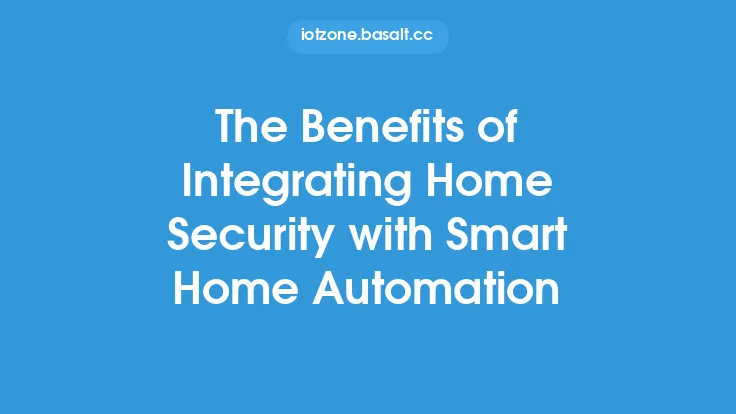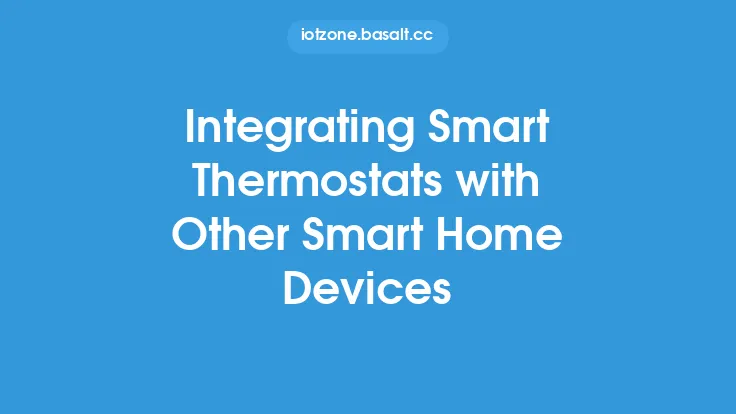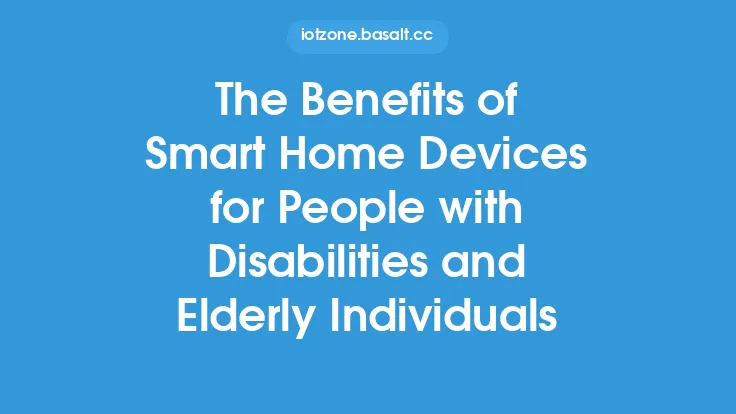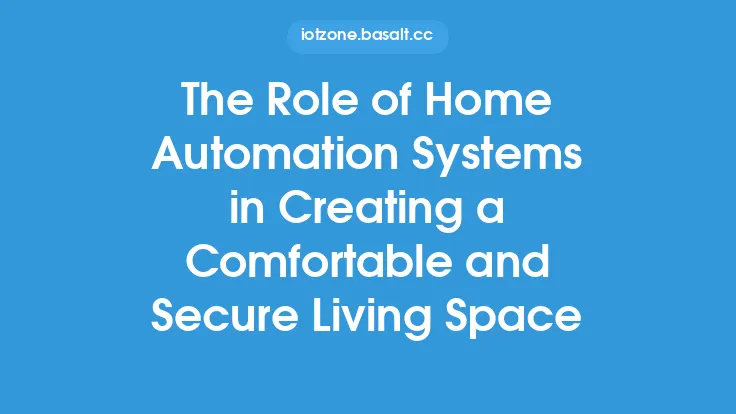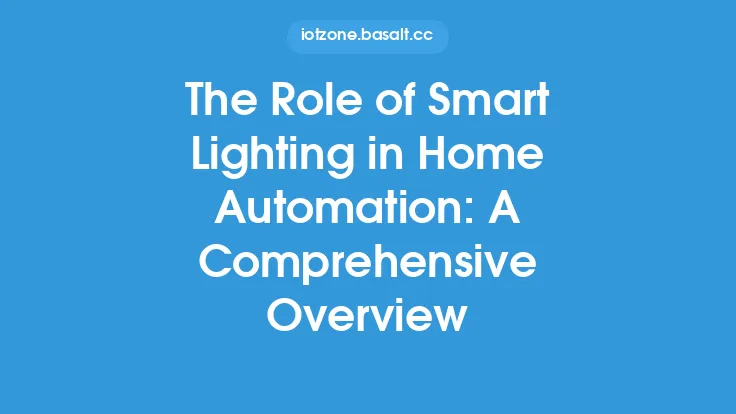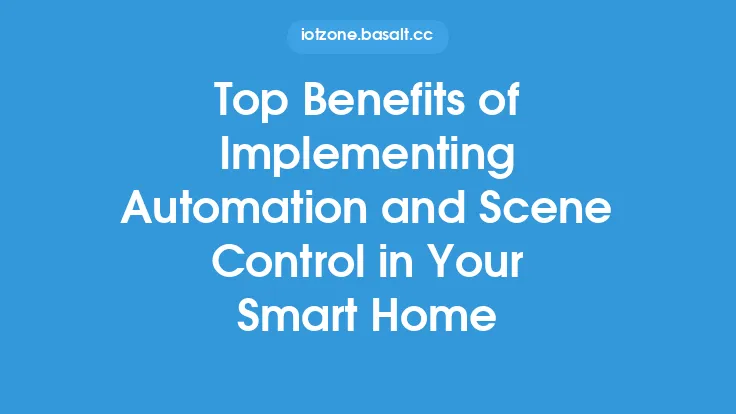The world of smart home automation has experienced tremendous growth in recent years, with more and more homeowners investing in home automation systems to enhance their living experience. One of the key benefits of these systems is their ability to integrate with other smart devices, creating a seamless and connected home environment. In this article, we will delve into the benefits of integrating home automation systems with other smart devices, exploring the technical aspects and advantages of this integration.
Introduction to Integration
Home automation systems are designed to control and monitor various aspects of a home, including lighting, temperature, security, and entertainment. When integrated with other smart devices, these systems can become even more powerful and convenient. Integration allows different devices to communicate with each other, sharing data and commands to create a unified and automated experience. For example, a home automation system can be integrated with smart thermostats, allowing the system to adjust the temperature based on the home's occupancy and activity levels.
Technical Aspects of Integration
The integration of home automation systems with other smart devices is made possible through various communication protocols and technologies. Some of the most common protocols used in home automation include Zigbee, Z-Wave, and Bluetooth. These protocols enable devices to communicate with each other, sharing data and commands. Additionally, many home automation systems use IP-based protocols, such as TCP/IP, to communicate with devices over the internet. This allows for remote access and control of the system, as well as integration with cloud-based services.
Benefits of Integration
The benefits of integrating home automation systems with other smart devices are numerous. One of the primary advantages is increased convenience. With integrated systems, homeowners can control multiple devices from a single interface, eliminating the need to use multiple remotes or apps. For example, a homeowner can use a single app to turn on the lights, adjust the thermostat, and play music, all with the touch of a button. Integration also enables advanced automation scenarios, such as turning on the lights when entering a room or adjusting the temperature based on the time of day.
Enhanced Security
Integration with security devices, such as cameras and door locks, can also enhance the security of a home. For example, a home automation system can be integrated with a security camera, allowing the system to send notifications when motion is detected. Additionally, integration with door locks can enable keyless entry and remote monitoring of door activity. This can provide homeowners with an added layer of security and peace of mind.
Energy Efficiency
Integration with energy-related devices, such as smart thermostats and energy monitors, can also help homeowners reduce their energy consumption. For example, a home automation system can be integrated with a smart thermostat, allowing the system to adjust the temperature based on the home's occupancy and activity levels. This can help reduce energy waste and lower utility bills. Additionally, integration with energy monitors can provide homeowners with detailed information about their energy usage, enabling them to make informed decisions about their energy consumption.
Entertainment and Leisure
Integration with entertainment devices, such as TVs and sound systems, can also enhance the entertainment experience in a home. For example, a home automation system can be integrated with a TV, allowing the system to turn on the TV and adjust the volume when entering a room. Additionally, integration with sound systems can enable whole-house audio, allowing homeowners to play music in multiple rooms simultaneously.
Conclusion
In conclusion, integrating home automation systems with other smart devices can provide numerous benefits, including increased convenience, enhanced security, energy efficiency, and an enhanced entertainment experience. By understanding the technical aspects of integration and the benefits it provides, homeowners can create a seamless and connected home environment that enhances their living experience. As the world of smart home automation continues to evolve, it is likely that we will see even more innovative and integrated solutions, further enhancing the benefits of home automation systems.
